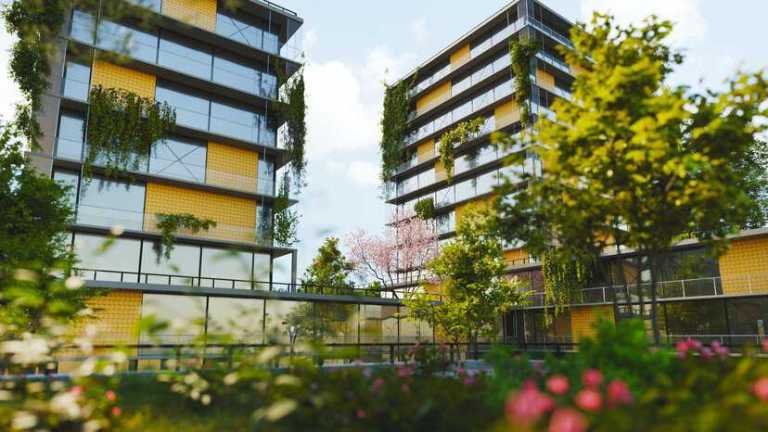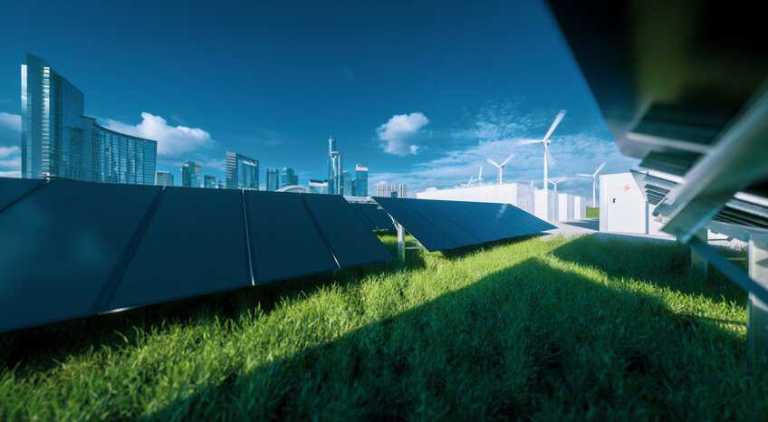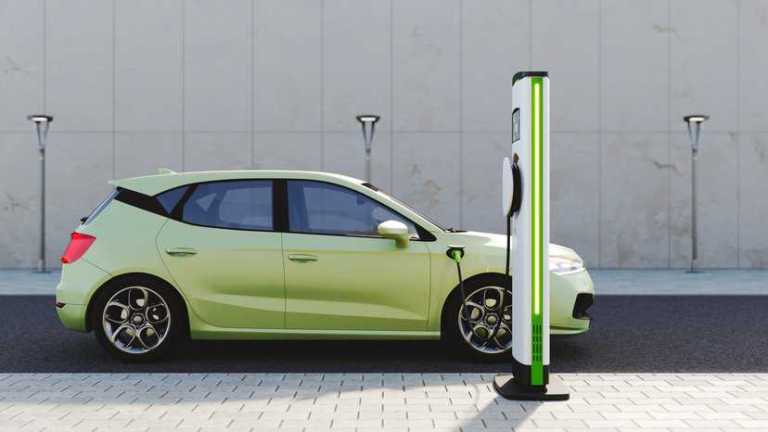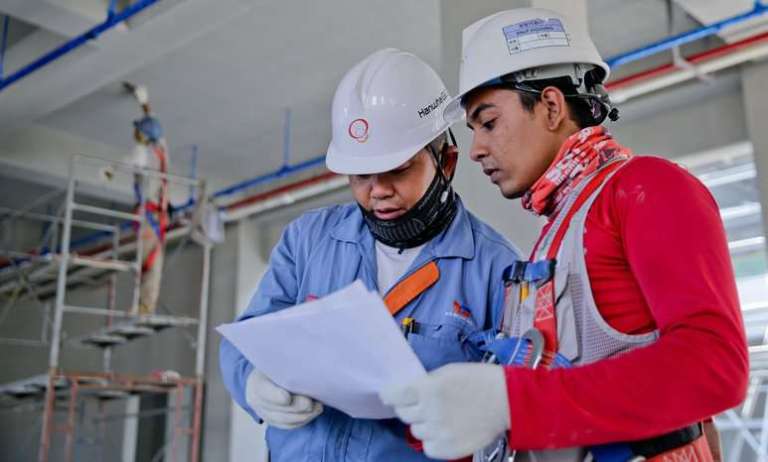ASTM E2921-22: Whole Building Life Cycle Assessments
Architects are increasingly interested in reducing the environmental impact of the buildings they design. Life Cycle Assessment (LCA) helps answer questions that arise during the…

Architects are increasingly interested in reducing the environmental impact of the buildings they design. Life Cycle Assessment (LCA) helps answer questions that arise during the…

An Environmental Management System (EMS) is a framework that helps an organization achieve its individual environmental goals through consistent review, evaluation, and improvement of its environmental…

ANAB is in the business of accreditation, ranging from laboratory, management systems, validation and verification, credentialing, product certification, and much more. Via third-party conformity assessment…

Globally, buildings and construction are responsible for much of our energy and resource use: 60% of electricity use, 12% of water use, and 40% material…

Prior to the Industrial Revolution, CO2 levels were consistently around 280 ppm (parts per million) for almost 6,000 years of human civilization. Since then, humans have…

The concept of electric cars is not recent. In 1884, English inventor Thomas Parker built the first electric car for mass production. The electrical vehicle…

A vast majority of travelers look for sustainable options when traveling. According to three different studies, 96% of travelers, 90% of consumers, and 87% of…

More than 80% of the global GDP is generated in cities. This means urbanization, if managed well, can contribute to sustainable growth through increased productivity,…

Sustainability is a crucial consideration in the construction industry. There are two main metrics for measuring a building’s sustainability: embodied carbon and energy efficiency. But…